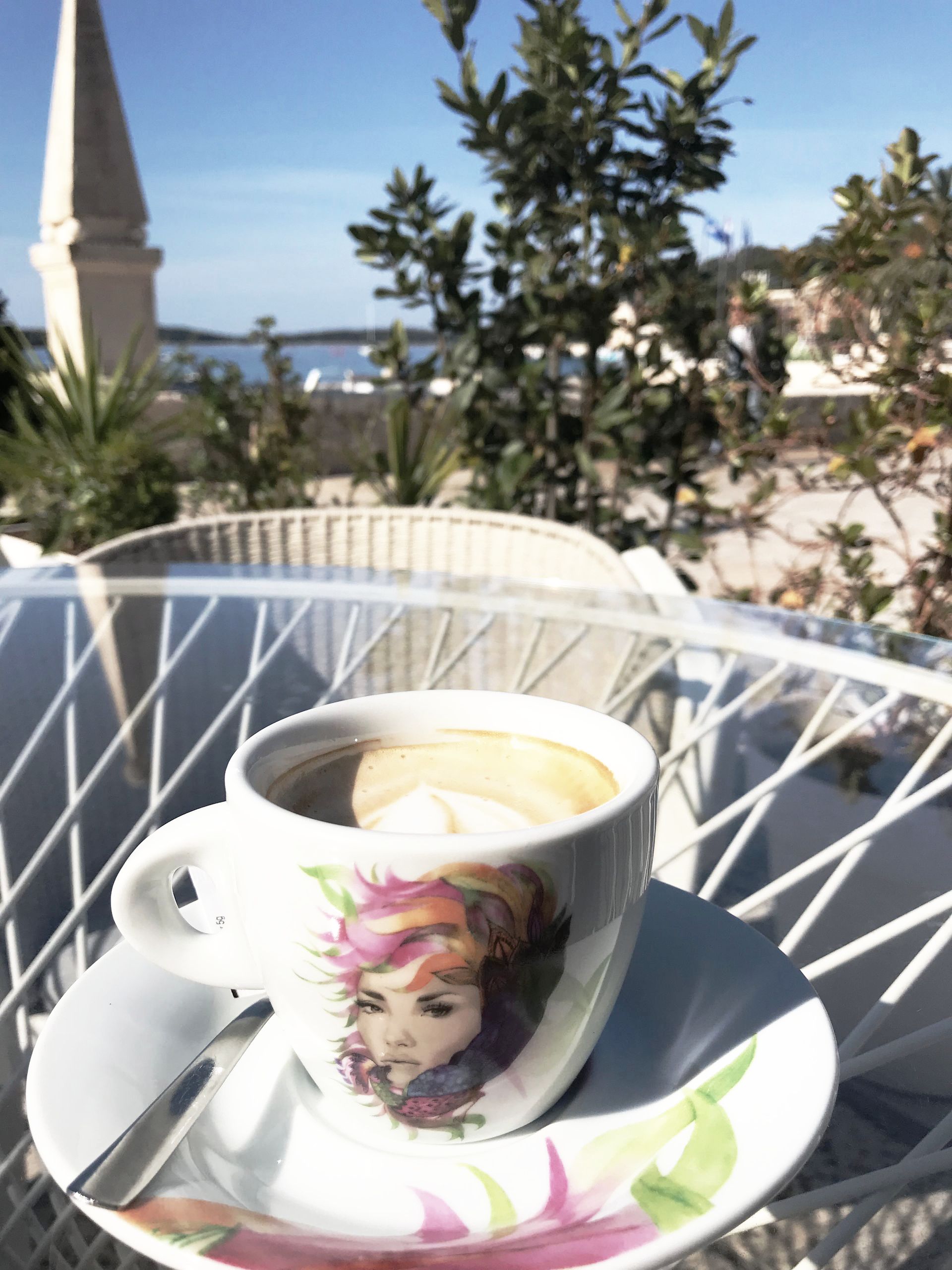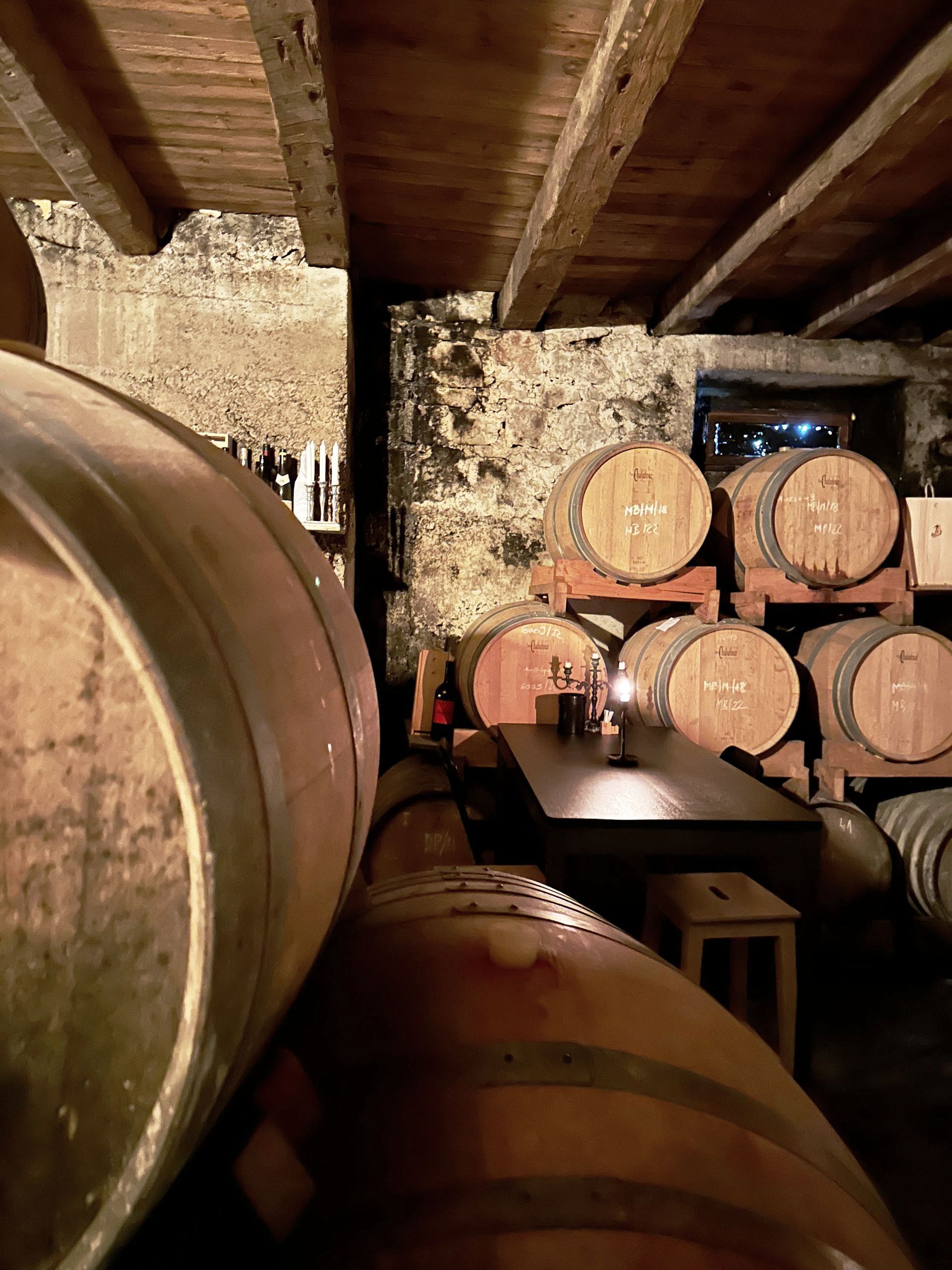Discover the UNESCO-protected heritage of Hvar – a must-see for anyone visiting this stunning Croatian island. Whether you're exploring Hvar through guided tours, authentic village experiences, or scenic excursions, the island’s rich cultural and historical treasures will leave you inspired. Dive into centuries-old traditions with a local wine tasting, enjoy a traditional Peka experience, or take a stroll through charming villages steeped in history. Hvar is not just about beaches – it’s where culture, cuisine, and heritage come to life.
Hvar is not only one of the most breathtaking islands in the Adriatic but also the island with the most UNESCO-protected heritage in the world. Beyond its stunning coastline, vibrant nightlife, and Mediterranean charm, Hvar is a treasure trove of cultural, historical, and intangible heritage, shaped by centuries of tradition and preserved with pride. From ancient agricultural landscapes to deep-rooted customs, the island offers visitors a unique opportunity to step back in time and experience living history.
UNESCO-Protected Heritage of Hvar
Hvar is not just an island of breathtaking beaches and vibrant nightlife—it’s a destination where history and tradition come to life. Whether you’re wandering through the ancient fields of Stari Grad, listening to Klapa songs in a charming village, or tasting the island’s finest wines and olive oils, you’ll be experiencing a part of UNESCO-protected heritage.
1. Stari Grad Plain – A Timeless Agricultural Landscape
One of Hvar’s most remarkable UNESCO World Heritage Sites is the Stari Grad Plain, an ancient agricultural landscape that has remained virtually unchanged since Greek settlers from the island of Paros established it in 384 BC. Recognized as a UNESCO World Heritage Site in 2008, this geometrically divided land is a rare example of a preserved agricultural system that has stood the test of time.
The layout of the fields, dry stone walls, and water collection systems have been passed down through generations, and local farmers continue to cultivate the same crops as their ancestors—olives, grapes, and figs. Walking through the Stari Grad Plain is like stepping into an open-air museum, where history, culture, and nature intertwine. Visitors can explore the area on foot or by bike, taking in the beauty of this ancient landscape and tasting wines and olive oils produced from these very fields.
2. The Mediterranean Diet – A Lifestyle and Cultural Identity
More than just a way of eating, the Mediterranean Diet represents a lifestyle and cultural heritage that has been inscribed on UNESCO’s Representative List of the Intangible Cultural Heritage of Humanity. Shared by multiple Mediterranean countries, including Croatia, the diet reflects a deep connection to local traditions, seasonal ingredients, and sustainable farming practices.
On Hvar, the Mediterranean Diet is a way of life, centered around fresh, locally sourced ingredients such as extra virgin olive oil, wild herbs, aromatic honey, seafood, sun-ripened vegetables, and organic wines. Generations-old recipes, passed down through families, ensure that every meal tells a story of tradition, community, and harmony with nature.
Visitors can experience the Mediterranean Diet firsthand through culinary tours and food tastings, which highlight Hvar’s olive oils, wines, cheeses, and traditional dishes. For an immersive experience, our Flavours of Hvar tour offers a delightful journey through olive oil, wine, honey, and chocolate tastings, allowing guests to savor the authentic essence of the island.
3. Za Križen Procession – A Sacred Pilgrimage of Faith
The Za Križen (Following the Cross) Procession is one of Hvar’s most deeply rooted traditions, having been continuously practiced for over 500 years. This spiritual pilgrimage, held annually on Maundy Thursday, involves six villages—Jelsa, Pitve, Vrisnik, Svirče, Vrbanj, and Vrboska—each sending a devoted cross-bearer on a 22-kilometer overnight journey.
The pilgrimage, which lasts for approximately eight hours, is performed in complete silence, with the cross-bearer leading a group of followers through the island’s winding paths, stopping at churches along the way to recite prayers and hymns. The tradition has remained unchanged for centuries, passed down through generations of devoted families.
Recognized by UNESCO in 2009, this ritual is not merely a religious event but a symbol of identity, endurance, and deep spiritual connection for the people of Hvar. Travelers visiting the island during Holy Week can witness this powerful display of faith, a moving and unforgettable experience that offers a glimpse into Hvar’s rich cultural heritage.
4. Klapa Singing – The Soulful Sound of Dalmatia
Klapa singing is an a cappella vocal tradition that embodies the soul and spirit of Dalmatian coastal life. Recognized by UNESCO as an intangible cultural heritage in 2012, Klapa is a harmonic and poetic expression of themes such as love, the sea, and life’s joys and sorrows.
Performed by small groups of singers, often in stone-paved squares, local taverns, or during festivals, Klapa songs create an intimate and deeply moving atmosphere. The powerful yet soothing melodies, sung without instrumental accompaniment, have been cherished by locals for centuries.
Visitors to Hvar can enjoy live Klapa performances in historical town centers, cultural events, and special concerts, making it a must-experience part of the island’s heritage.
5. Dry Stone Walling – A Testament to Traditional Craftsmanship
Hvar’s landscapes are defined by the presence of traditional dry stone walls, an ancient construction technique that has been inscribed on UNESCO’s list of intangible cultural heritage. These walls, built without mortar, serve multiple purposes—protecting vineyards and olive groves from strong winds, marking property boundaries, and preventing soil erosion.
This skill, passed down through generations, is a true testament to the craftsmanship and ingenuity of the island’s people. The art of dry stone walling reflects not only practical knowledge but also the island’s respect for nature and sustainability. Exploring the rural parts of Hvar, visitors can see miles of these carefully built walls, some of which date back centuries.
6. Agave Lace – A Sacred and Delicate Art
Perhaps the most delicate of Hvar’s UNESCO-protected traditions is the art of Agave Lace, crafted exclusively by the Benedictine nuns of Hvar Town. Inscribed on the UNESCO Intangible Cultural Heritage list in 2009, this rare lace is made from the fibers of the agave plant, which are carefully extracted, processed, and woven into intricate patterns.
The tradition of making Agave Lace has been preserved for centuries within the Benedictine convent, where nuns dedicate their lives to this sacred craft, producing lace pieces that are considered religious artifacts. Each lacework is unique, and the process requires exceptional skill, patience, and devotion.
Visitors to Hvar can see these exquisite lace pieces displayed at the Benedictine Monastery in Hvar Town, a place where tradition and artistry merge in a deeply spiritual way.
Discover Hvar’s UNESCO Heritage
for Yourself
Plan your journey through Hvar’s UNESCO-protected heritage and experience the island’s rich cultural legacy in the most authentic way. Visit our website to book an unforgettable tour that takes you deep into the history and traditions of this extraordinary island.
Book a tour on our website and explore the cultural treasures that make Hvar a truly one-of-a-kind destination!
